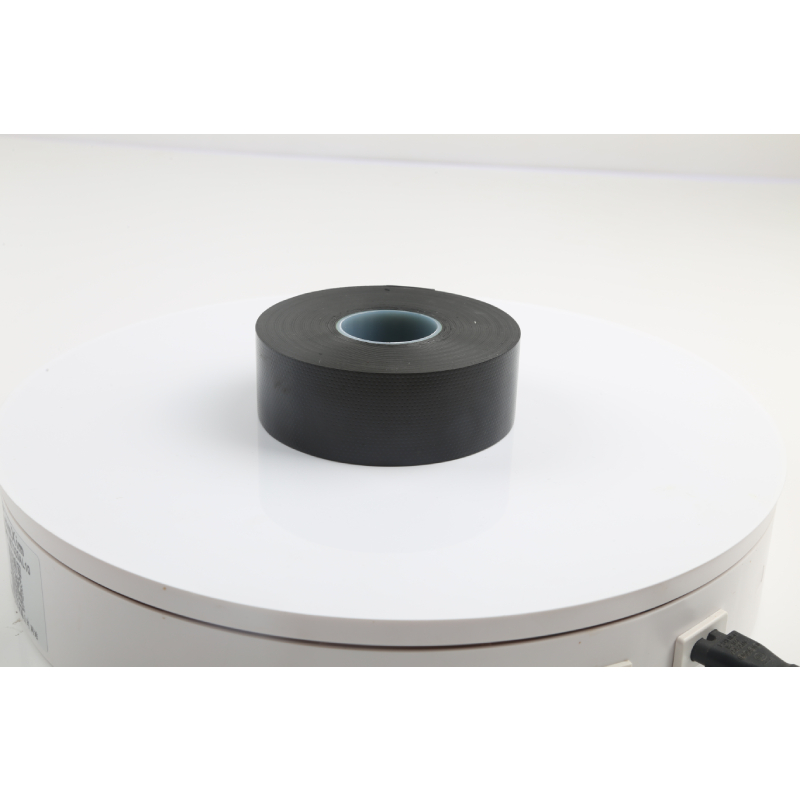The Importance and Applications of Fabric Insulation Tape in Electrical Work
In the realm of electrical applications, safety, efficiency, and durability are paramount. One critical component that often goes unnoticed but plays a vital role in ensuring electrical systems operate seamlessly is fabric insulation tape. This versatile product, often made from woven cloth materials coated with adhesive and backed with a strong insulating layer, has become a staple in various industries, from automotive to household electrical repairs.
Composition and Characteristics
Fabric insulation tape is typically manufactured from high-quality materials such as cotton or synthetic fibers, which provide excellent thermal resistance and durability. The adhesive used in the tape is designed to withstand a wide range of temperatures and environmental conditions, making it suitable for both indoor and outdoor applications. Its cloth texture allows for excellent grip and flexibility, enabling the tape to conform easily to various shapes and surfaces.
One of the most important features of fabric insulation tape is its electrical insulation properties. The tape has a high dielectric strength, meaning it can effectively prevent electrical conductivity between insulated components, thereby reducing the risk of short circuits and electrical fires. Additionally, fabric insulation tape is often resistant to moisture, UV radiation, and abrasion, making it an ideal choice for applications where environmental exposure is a concern.
Applications in Electrical Work
The applications of fabric insulation tape in electrical work are manifold. Here are some of the most common uses
fabric insulation tape electrical

1. Wire Insulation and Bundling One of the primary uses of fabric insulation tape is for insulating electrical wires. When multiple wires need to be bundled together, fabric tape can provide a secure and insulated wrap that protects the wires from abrasion and environmental damage, ensuring safe and reliable operation.
2. Repairing Damaged Insulation In cases where wire insulation has become frayed or damaged, fabric insulation tape can provide a quick and effective solution. By wrapping the damaged area, technicians can restore the insulation, preventing further deterioration and potential electrical hazards.
3. Low-Voltage Applications Fabric tape is often used in low-voltage electrical applications, such as in automotive wiring and household electronics. Its flexibility and ease of application make it ideal for navigating the tight spaces typical in these environments.
4. Labeling The surface of fabric insulation tape can be written on, making it an excellent choice for labeling wires and components. Technicians can easily mark different wires to indicate their function or polarity, facilitating easier troubleshooting and maintenance in complex systems.
5. Vibration Dampening In certain applications, fabric insulation tape can also serve as a means of dampening vibrations. By wrapping tape around components that experience significant movement, technicians can reduce wear and tear on the electrical connections.
Conclusion
In conclusion, fabric insulation tape is an essential tool in the electrical industry. Its unique combination of flexibility, durability, and insulating properties makes it indispensable for various applications. Whether it’s for bundling wires, repairing insulation, or labeling components, fabric insulation tape ensures that electrical systems are safe and reliable. As technology continues to advance and electrical systems become more intricate, the role of fabric insulation tape will undoubtedly remain a critical component in fostering safe and effective electrical repairs and installations. Understanding its importance can lead to better maintenance practices, ultimately contributing to the longevity and efficiency of electrical systems in all settings.
-
XIANGFAN Rubber Tape-Ultimate Solutions for All Your Insulation NeedsNewsJun.24,2025
-
XIANGFAN Rubber Tape-Protection for Industrial and Residential ApplicationsNewsJun.24,2025
-
XIANGFAN Rubber Tape: Superior Safety and Sealing for Demanding EnvironmentsNewsJun.24,2025
-
XIANGFAN Rubber Tape: Reliable Solutions for Every Electrical ChallengeNewsJun.24,2025
-
XIANGFAN Electrical & Industrial Tape: Powering Reliability Across IndustriesNewsJun.24,2025
-
XIANGFAN Electrical & Industrial Tape: Excellence in Every ApplicationNewsJun.24,2025
